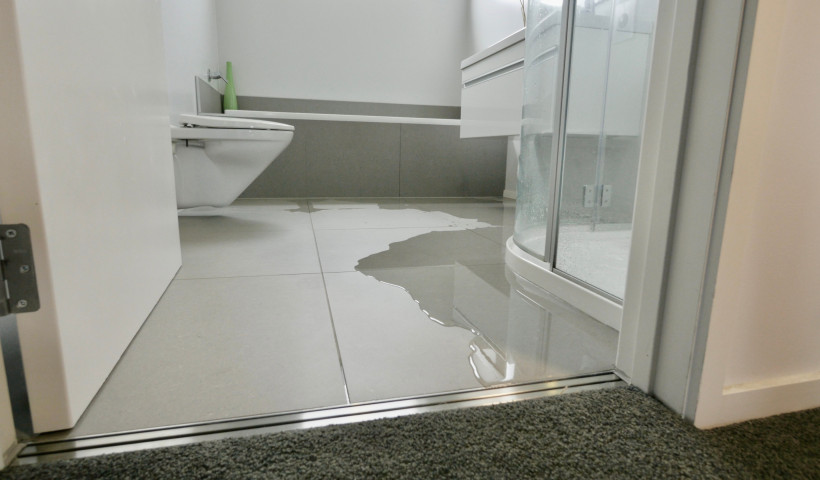
An average house, based on two adults and two children, will use the shower anywhere between four to eight times per day for five to ten minutes, using an estimate of 15 litres per minute.
This equates to:
- 300 – 1200 litres of water daily.
- 109,500 – 438,000 litres of water over one year
- 1,095,000 – 4,380,000 litres of water over ten years
That is a staggering amount of water for the shower’s one or two outlets to have to cope with over time. In fact, the amount of water that a household uses over ten years is equivalent to between one to two Olympic size swimming pools. Compare that to the average rainfall in Auckland over one year of approximately 1,250mm (equating to 1,250L). This is a paddling pool in comparison to the water used within one household's bathroom.
So, what happens if that outlet or a part of the shower area has a small failure in it? How can designers or homeowners know if the system chosen for this function will be able to handle the job?
To minimise risks, it is important to truly understand the system that is being installed.
The Jesani Shower Channel trough design has the physical properties to withstand the millions of litres of water that will be thrown at it over the bathroom’s lifetime. The trough forms the foundation for the floor and walls around the critical outlet area, ensuring the correct passage for the water drainage.
The Channels are manufactured to spec on a per-project basis, using 304 Stainless Steel. Stainless Steel is corrosion resistant, hygienic, recyclable, easy to clean, easy to fabricate and carries a long-life cycle.
In addition to the Shower Channel, the Jesani Door Channel is the bathroom's backup drainage. The Door Channel will pick up any of the 70% of household water that may flood and try to escape the bathroom as well.













 Case Studies
Case Studies











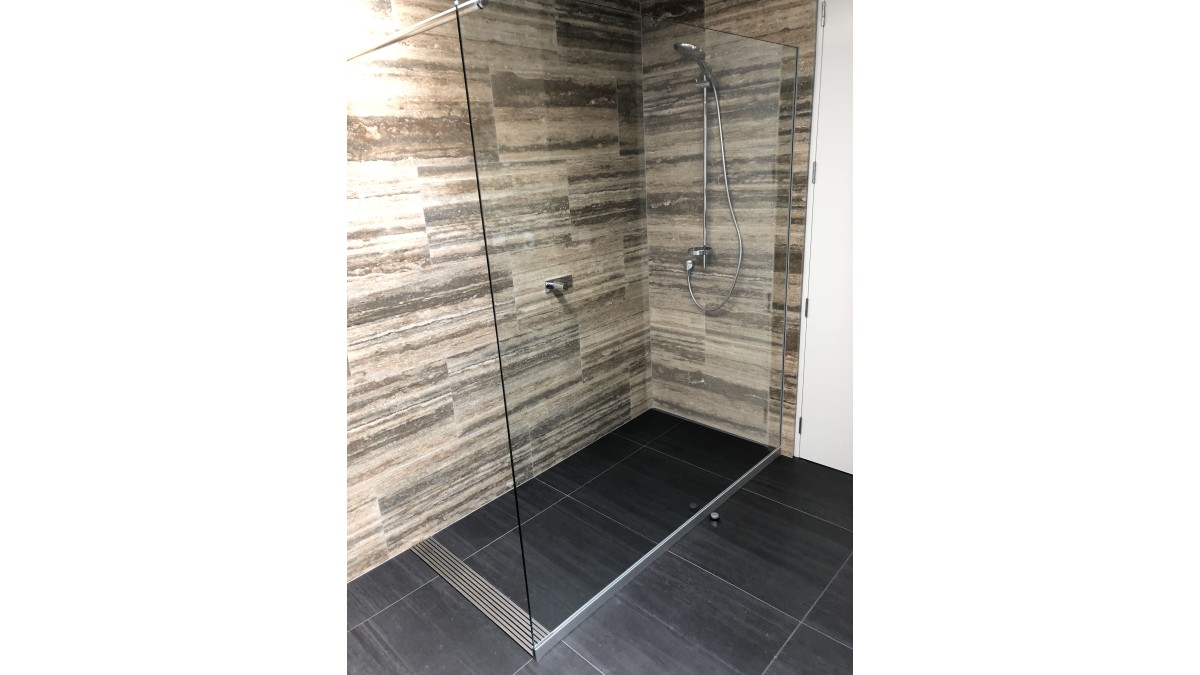


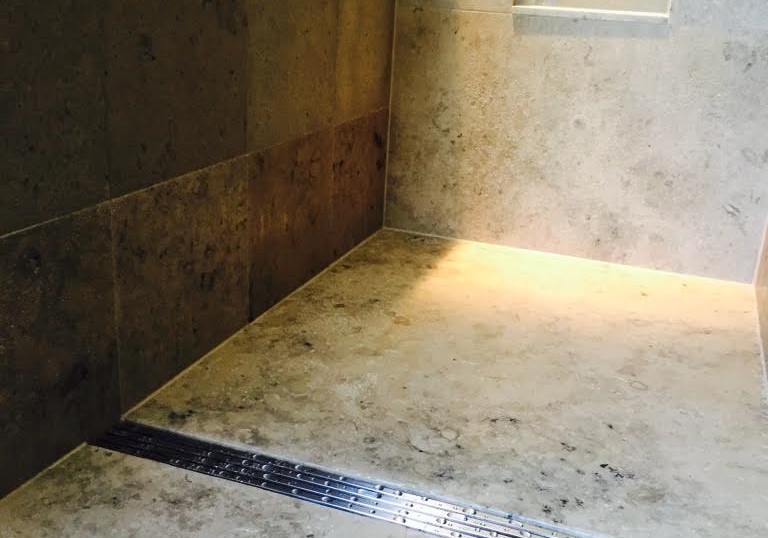
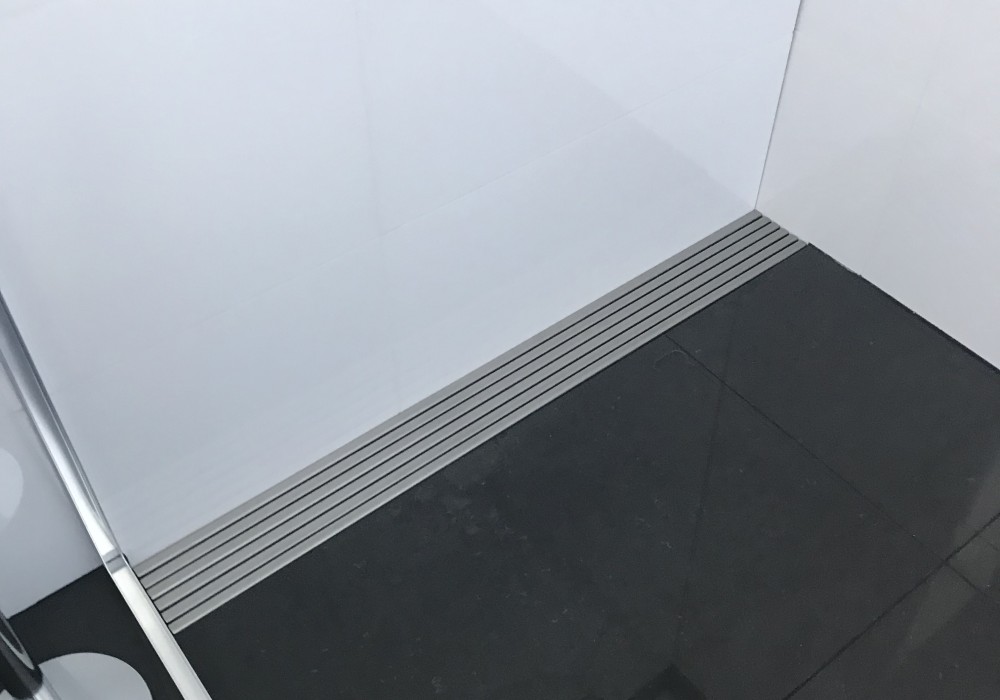


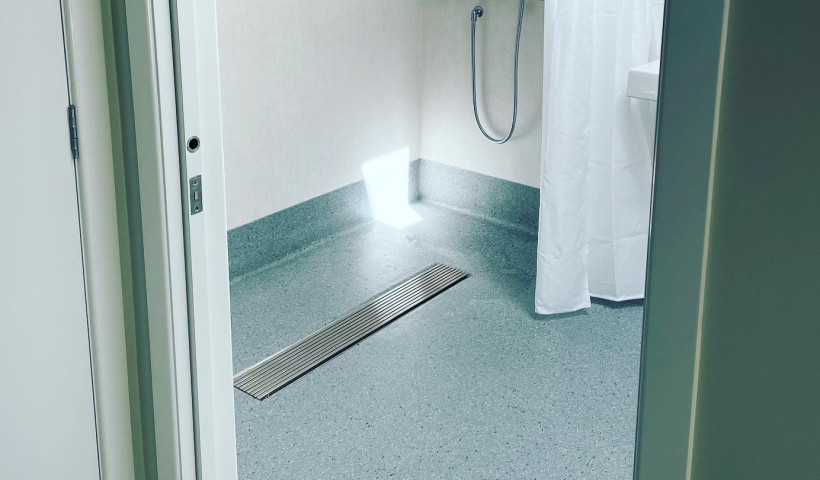
 Popular Products from JESANI
Popular Products from JESANI

 Most Popular
Most Popular


 Popular Blog Posts
Popular Blog Posts